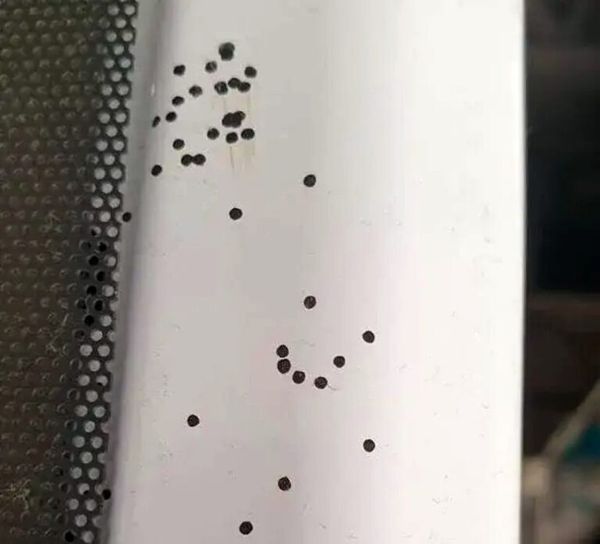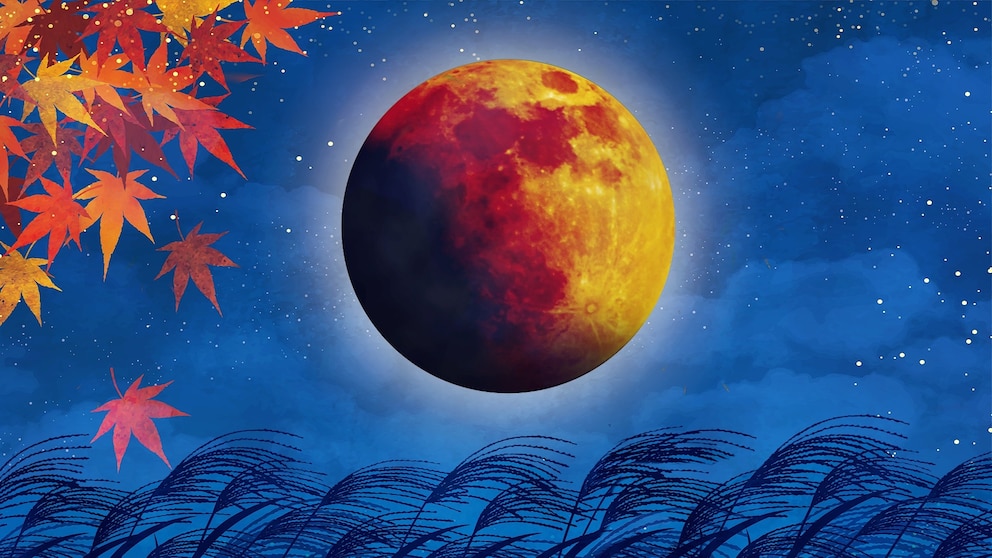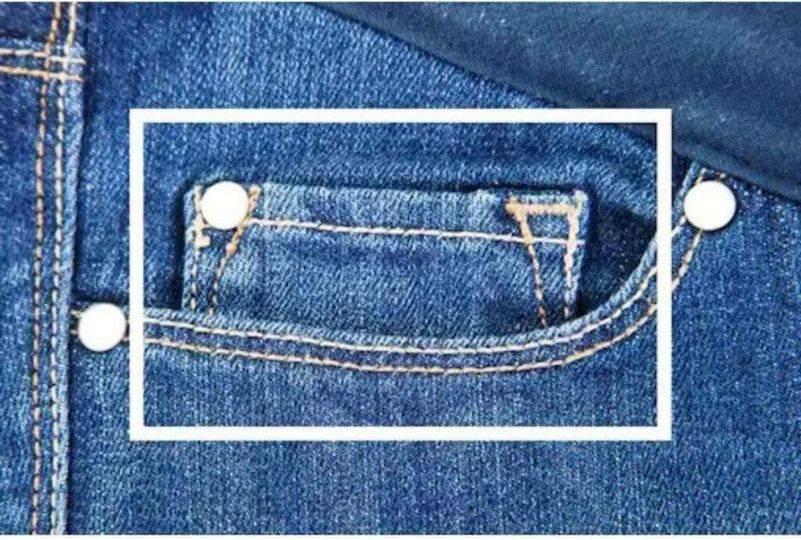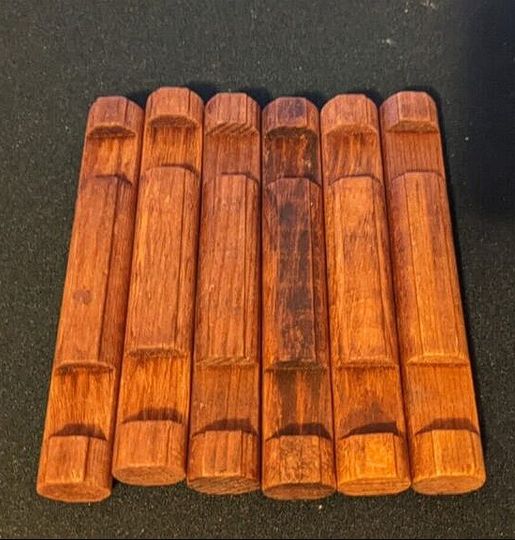A woman found herself in a state of worry as her kitchen was constantly filled with mysterious black spots. Perplexed and seeking answers, she turned to the online community for help. In a Facebook group, she posted a query, “Does anyone know what these marks could be?”
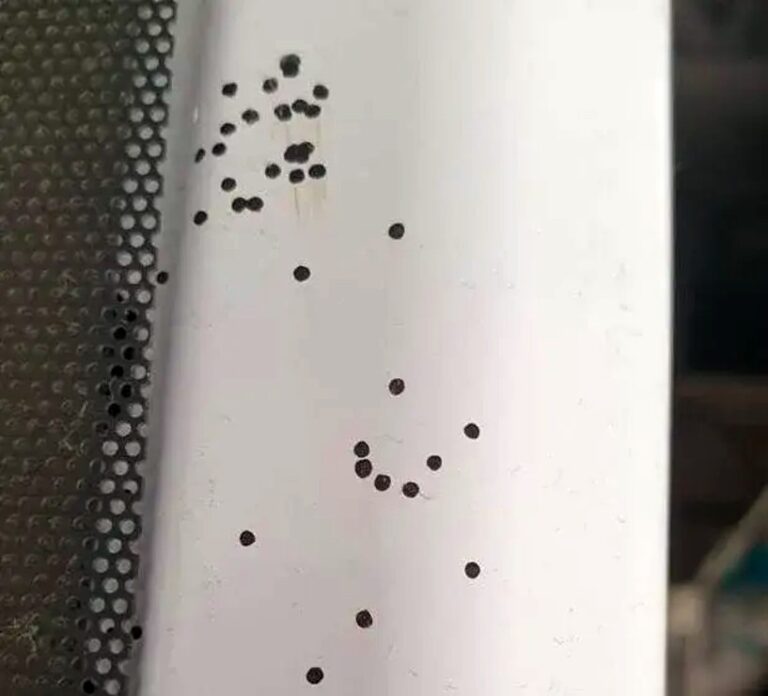
The black marks began appearing in the morning, starting on the kitchen tiles and then spreading to the top of the PC they kept in the kitchen. A helpful commenter suggested, “Take a closer look, you might find a web or a spider.”
According to Pest Guidance, spiders do not leave solid excrement but rather a thick, liquid waste that resembles ink stains on walls and surfaces. Dark splashes or drops are to be expected.
“These droppings contain a mixture of food and other residual components from the spider’s body,” explains the website.
Spiders are often a cause of fear for many people. They evoke more fear than mice, birds, flies, cockroaches, or other pests that pose health concerns. However, it is important to note that spiders are not as dangerous as they are often believed to be. Knowledgeable professionals cannot convince some individuals that mice, flies, and other indoor pests actually pose a greater risk to human health due to food contamination.
While some entomologists have questioned the health benefits of spider droppings, for the most part, it is only a concern when it comes to the filth beneath pet spiders like black widow spiders. If left unchecked, the area beneath a pet spider can become unsightly, similar to the pavement beneath a colony of pigeons. But is spider poop actually harmful?
How harmful would it be if common spider species that are found indoors and near ceilings were to defecate on food, a food preparation table, pillows or towels, infant pacifiers or toys, or anything else that might come into contact with a person’s mouth? How dangerous are spiders that live inside?
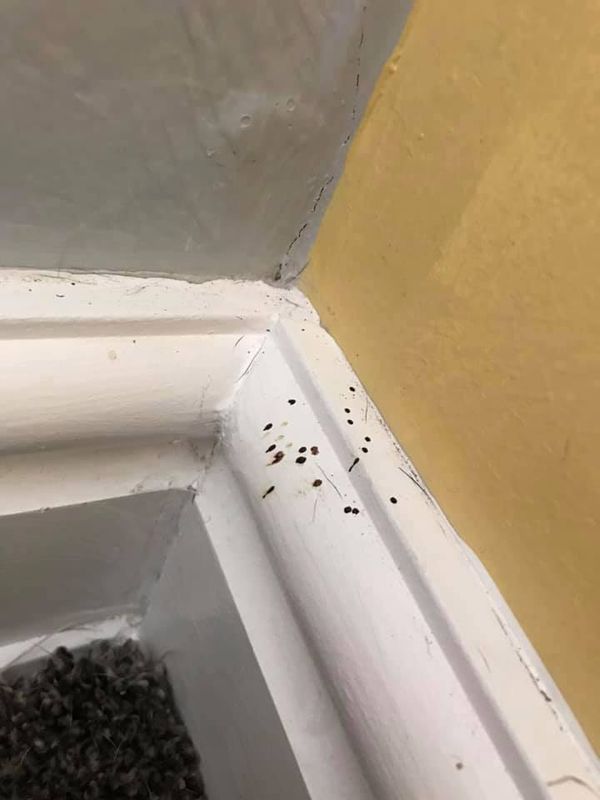
Do Spider Droppings Carry Pathogens?
Several common human pathogens, including Staphylococcus spp., Streptococcus spp., Enterococcus spp., Salmonella spp., and E. coli, have been found in filth flies’ excrement, according to studies. However, there has been less attention given to the microbiological residents of spiders and their droppings. What happens when a spider feeds on filth flies?
Could pathogenic bacteria make their way through the spider and contaminate surfaces below? Is there a valid reason, from a public health perspective, to keep spiders out of our indoor spaces, beyond the fear some people have of them?
To address these questions, Melissa Gaver-Wainwright, an entomology graduate student at Washington State University, conducted a preliminary study. She swabbed a fecal sample from a sterilized container and placed it in a growing medium to increase the number of bacteria present. By using universal bacterial primers, she was able to identify microbes associated with the feces. Surprisingly, no identifiable germs were found in the spider feces.
The results were puzzling. Some studies have shown that the venom and blood of certain spiders contain antibacterial properties that can explain the absence of microorganisms. Broad-spectrum antibacterial peptides have been found to be effective against bacteria such as E. coli, Staphylococcus spp., Enterococcus spp., and Pseudomonas spp.
There are still many questions to be answered, such as whether other species of web-building spiders also have bacteria-free droppings, or if different molecular approaches would yield different results.
In terms of protecting one’s health, controlling filth flies may be more crucial than controlling spiders. Nonetheless, spider droppings should still be kept out of indoor spaces.
